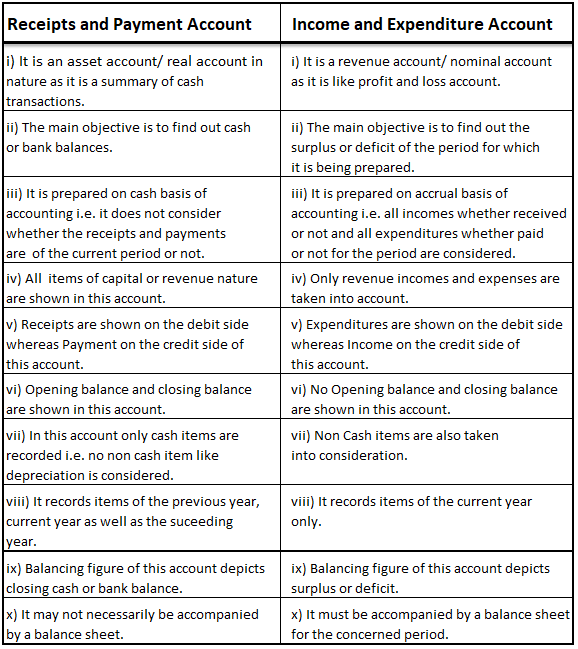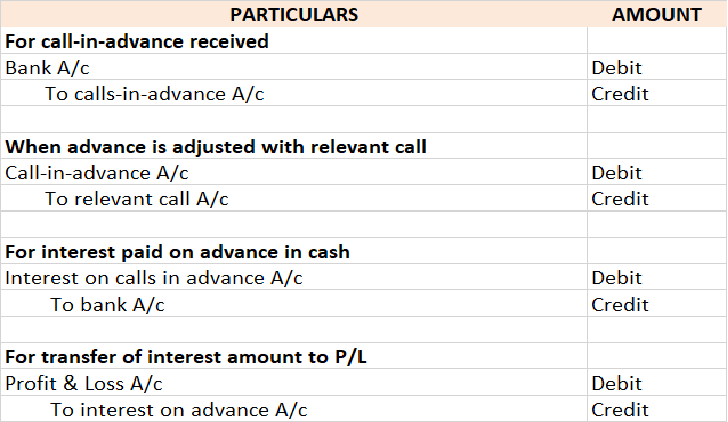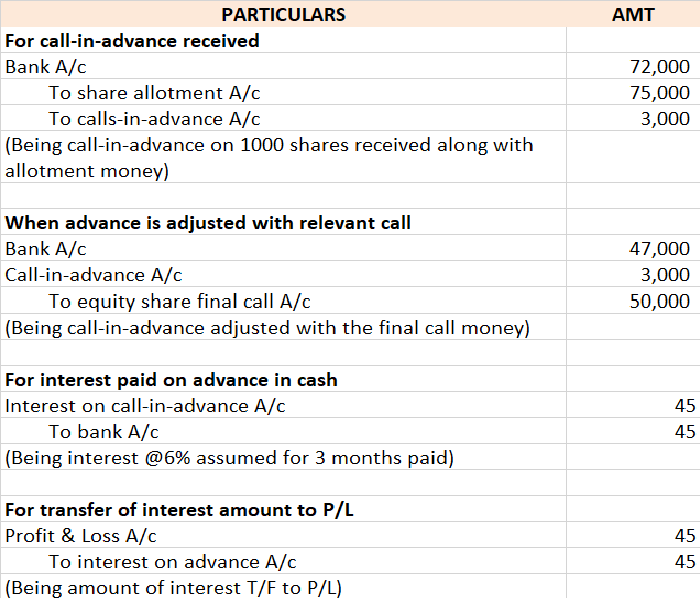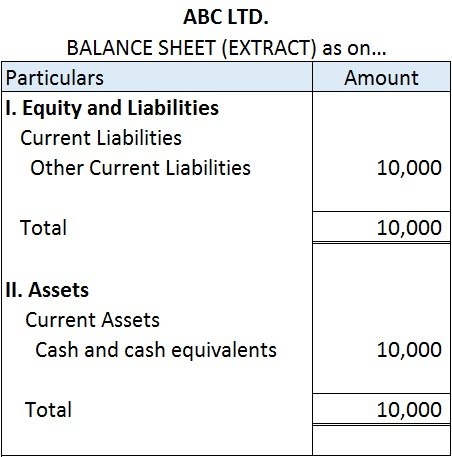In the books of Youth Ltd. Income & Expenditure A/c for the year ended 31 March 2018 Expenditure Amt (₹) Income Amt (₹) To Salaries 31,500 By Subscription (W.N.1) 75,000 To Postage 1,250 By Entrance fees 1,100 To Rent 9,000 By Sale of old magazines 450 To Printing and Stationery 14,000 By IntereRead more
In the books of Youth Ltd.
Income & Expenditure A/c for the year ended 31 March 2018
| Expenditure | Amt (₹) | Income | Amt (₹) |
| To Salaries | 31,500 | By Subscription (W.N.1) | 75,000 |
| To Postage | 1,250 | By Entrance fees | 1,100 |
| To Rent | 9,000 | By Sale of old magazines | 450 |
| To Printing and Stationery | 14,000 | By Interest on investment (W.N.3) | 3,500 |
| To Sports material consumed (W.N.2) | 10,000 | ||
| To Miscellaneous expenses | 3,100 | ||
| To Depreciation on furniture (W.N.4) | 1,000 | ||
| To Surplus | 10,200 | ||
| 80,050 | 80,050 |
Working Notes:
| 1. Calculation of Subscription: | |
| Subscription for the year | 60,000 |
| Add: Outstanding subscription | 16,200 |
| Less: Subscription in arrears | (1,200) |
| 75,000 | |
| 2. Calculation of sports material consumed: | |
| Opening stock of Sports Material | 3,000 |
| Add: Purchased during the year | 11,500 |
| Less: Closing stock of Sports material | (4,500) |
| 10,000 | |
| 3. Calculation of Interest on investment: | |
| Investment as on 1.10.2017 = 70,000 | |
| The investment will be calculated for 6 months i.e starting from 1.10.2017 to 31.3.2018 | |
| For 6 months | = 70,000 * 10% * 6/12 |
| = 3,500 | |
| 4. Calculation of Depreciation on furniture: | |
| Furniture as on 1.10.2017 = 20,000 | |
| Depreciation on the furniture will be calculated for 6 months i.e starting from 1.10.2017 to 31.3.2018 | |
| For 6 months | = 20,000 * 10% * 6/12 |
| = 1,000 |
See less


























To proceed with how to make a partnership deed, let me explain to you in short what is partnership deed? A partnership deed is the written agreement between the partners who have agreed to share profits of a business carried on by them. This basically contains terms and conditions to be followed betRead more
To proceed with how to make a partnership deed, let me explain to you in short what is partnership deed?
A partnership deed is the written agreement between the partners who have agreed to share profits of a business carried on by them. This basically contains terms and conditions to be followed between the partners.
Few contents of the partnership deed are as follows:
Generally, a partnership deed contains all those matters which can affect the relationship between the partners. However, if there is no such agreement the partnership should follow the provisions mentioned under The Partnership Act, 1932.
Now coming to the main question how to make a partnership deed? See the process is not so complicated. The partnership deed may be oral or written, but as the oral agreement has no value for obtaining tax benefits, a partnership firm always prefers a written agreement.
To prepare the same the partnership deed must be prepared on a stamp paper and signed by all the partners as per Indian Stamp Act and copies of the same should be with all the partners and also must be filed by the registrar of the firm.
A deed may vary depending on the nature of the partnership they are engaged in. Generally, partnerships are of three types
the process of making deed is same for all but, the content of deed may vary depending on the liability of partners in the partnership.
Further to know more about the registration process of partnership firm you can refer the following link https://www.mca.gov.in/Ministry/actsbills/pdf/Partnership_Act_1932.pdf
See less